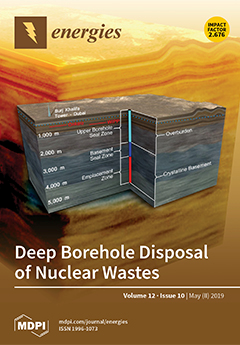The sustainable development of the western region of China has always been essential to the national development strategy. The Western region has undertaken an industrial transfer from the Eastern and Central regions. Therefore, the CO
2 emission intensity in the western region is
[...] Read more.
The sustainable development of the western region of China has always been essential to the national development strategy. The Western region has undertaken an industrial transfer from the Eastern and Central regions. Therefore, the CO
2 emission intensity in the western region is higher than those of the Eastern and Central regions of China, and consequently its low-carbon development pathway has an important impact for China as a whole. Sichuan Province is not only the province with the highest CO
2 emissions, but also the most economically developed province in Western China in 2018. In order to promote low carbon development in the western region, it is important to understand the features of emissions in Sichuan Province and to formulate effective energy strategies accordingly. This paper uses the IPCC regional emission accounting method to calculate the carbon emissions of 15 cities in Sichuan province, and to comply with the city-level emission accounts. The results show that the total carbon emissions of Sichuan province over the past 10 years was 3258.32 mt and reached a peak in 2012. The smelting and pressing of ferrous metals, coal mining and dressing were the leading sectors that contributed to the emissions, accounting for 17.86% and 15.82%, respectively. Raw coal, cleaned coal, and coke were the most significant contributors to CO
2 emissions, accounting for 43.73%, 9.55%, and 6.60%, respectively. Following the above results, the Sichuan provincial government can formulate differentiated energy structure policies according to different energy consumption structures and carbon emission levels in the 15 cities. By controlling the level of total emissions and regulating larger industrial emitters in Sichuan province, some useful information could be provided as an essential reference for low-carbon development in Western China, and contribute to the promotion of emissions mitigation from a more holistic perspective.
Full article





